Take a walk down memory lane and discover how dramatically parenting has changed since the days of transistor radios and color TV. While baby boomers often reminisce about their childhoods with fondness, many common parenting practices from the 1960s would raise eyebrows – or worse – today. Here are 12 everyday habits that were typical back then but would likely land parents in hot water now.
1. Leaving Kids in the Car While Shopping
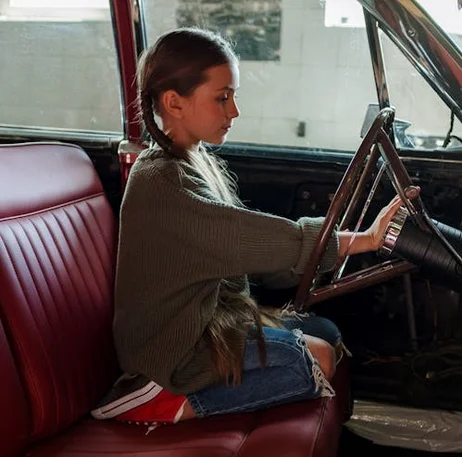
It wasn’t unusual for parents to leave children in the car while running errands or grocery shopping. Kids might wait for 20 minutes or more, sometimes with the windows cracked for air. Parents would often leave older children in charge of younger siblings, thinking nothing of a quick trip into the store alone. Kids and Car Safety gives a rundown on the laws that address exactly this hazardous action.
Today, this practice is not only frowned upon but illegal in many jurisdictions. Modern parents know the dangers of overheating, strangers, and the general vulnerability of unattended children. What was once considered convenient now carries serious legal and social consequences.
2. Smoking Indoors Around Children

In the 1960s, smoking was everywhere – in homes, cars, restaurants, even doctors’ offices. Parents regularly lit up around their kids, and many children grew up in perpetually smoke-filled environments. Ashtrays were common furniture accessories, and nobody thought twice about exposing kids to secondhand smoke. American Cancer Society dives into exactly the harm that secondhand smoke can cause not just for children but for all nearby people.
Today’s understanding of secondhand smoke’s dangers makes this practice unthinkable. Most parents won’t even allow smoking near their homes, let alone inside them. The cultural shift regarding tobacco use represents one of the most dramatic changes in parenting norms.
3. No Car Seats for Babies and Children
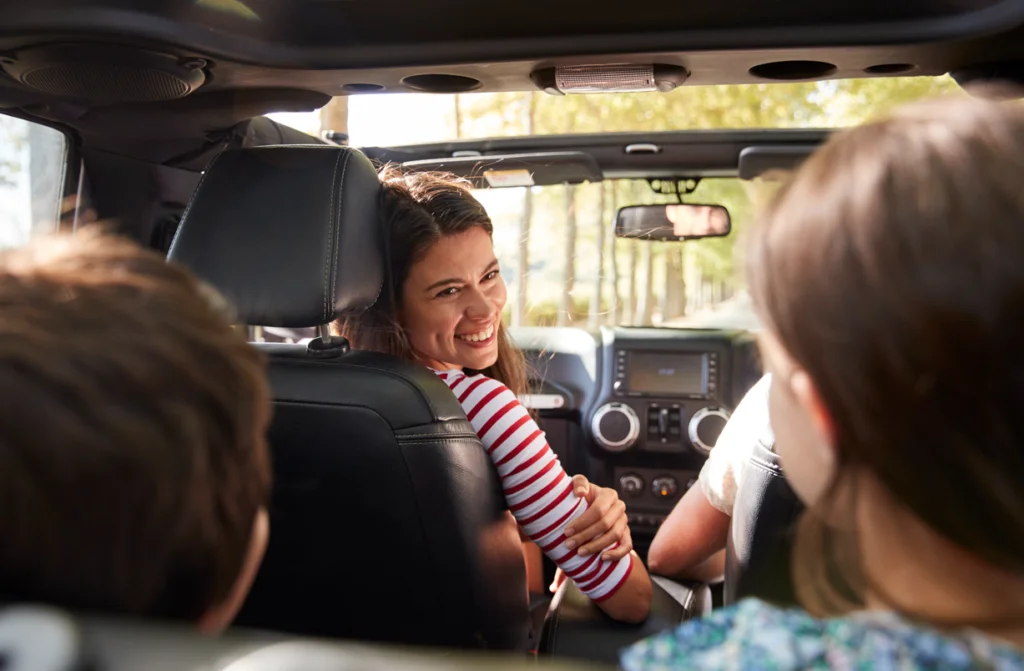
Children often rode unrestrained in cars, sometimes sitting on a parent’s lap or freely moving around the back seat. At best, they might be secured with an adult seatbelt. Infant car beds were basic constructions that offered little protection in an accident. These days, it’s such a necessity that Safe Ride 4 Kids breaks down the car seat laws by each state.
Modern safety standards mandate age-appropriate car seats installed correctly until children reach specific height and weight requirements. Today’s parents spend hours researching the safest models and wouldn’t dream of driving without proper restraints for their kids.
4. Sending Kids Outside Until Dark with No Communication
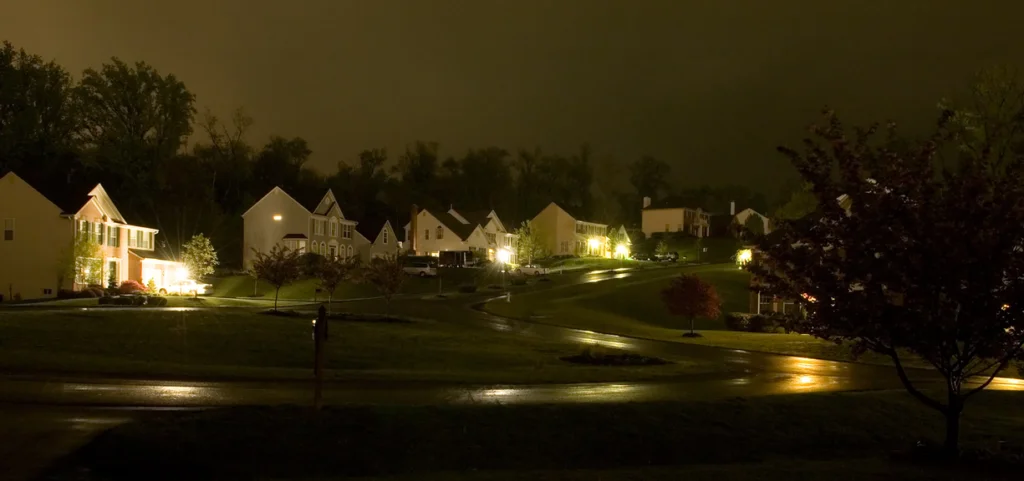
“Don’t come home until the streetlights come on” was a common instruction. Kids would leave the house in the morning and spend entire days playing outside with no way to contact their parents. They might range miles from home on bikes or on foot.
Today’s parents typically track their children’s movements via cell phones or GPS devices. Free-range parenting advocates exist, but they’re often in the minority, and most modern parents prefer regular check-ins and closer supervision.
5. Physical Discipline Was Standard Practice
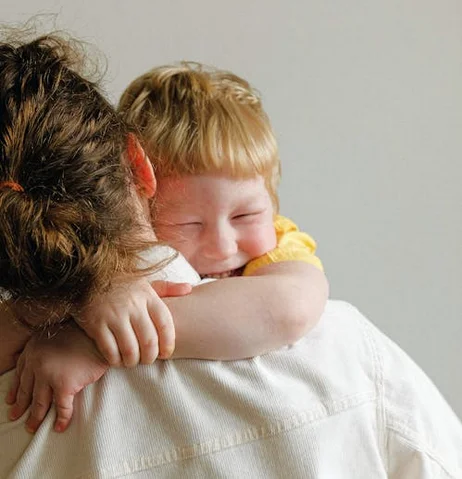
Spanking, paddling, and other forms of corporal punishment were common both at home and in schools. Many households had a designated “spanking spoon” or belt used for discipline. Teachers often kept paddles in classrooms.
While some parents still use spanking, the practice is increasingly discouraged or even banned in certain places. Modern parenting emphasizes positive discipline, time-outs, and other non-physical consequences. Many schools have strictly prohibited all forms of physical punishment.
6. No Childproofing the Home

Houses were filled with sharp edges, cleaning chemicals within reach, and unlocked medicine cabinets. Outlet covers, cabinet locks, and safety gates were virtually nonexistent. Kids were expected to learn from minor injuries what they should and shouldn’t touch.
Today’s homes often resemble padded cells by comparison. Parents invest in extensive childproofing equipment, from furniture anchors to toilet locks. The market for child safety products has exploded as modern parents try to eliminate every possible hazard.
7. Letting Kids Handle Fireworks
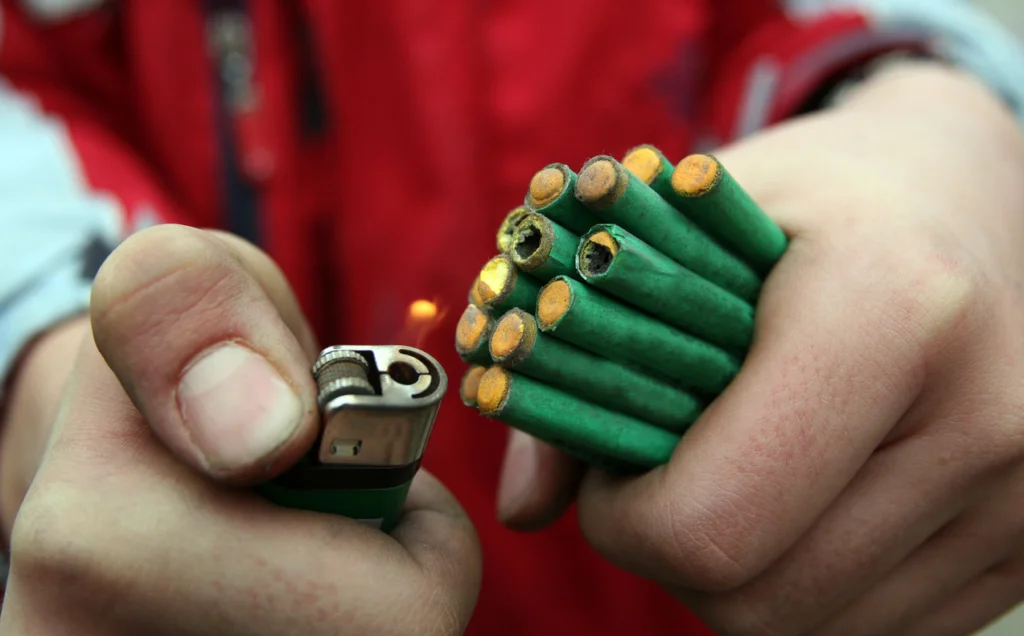
Children regularly played with sparklers, firecrackers, and other explosive devices during holidays. Parents might supervise from a distance but often left kids to their own devices with these dangerous items. Burns and injuries were considered part of growing up.
Modern safety concerns have made unsupervised fireworks use by children largely taboo. Many communities restrict or ban consumer fireworks entirely, and responsible parents keep children at a safe distance from any pyrotechnics.
8. No Bike Helmets or Safety Gear

Kids rode bikes without helmets, even when performing stunts or racing down hills. Knee pads and elbow pads were almost unheard of unless you were actively roller skating. Head injuries were seen as freak accidents rather than preventable dangers.
Helmet use is now standard and often legally required. Many parents insist on full protective gear for activities like biking, skateboarding, and rollerblading. The shift reflects a broader awareness of traumatic brain injury risks.
9. Limited Medical Precautions

Children routinely played in the sun without sunscreen, drank from garden hoses, and ate unwashed fruit straight from trees. Hand sanitizer didn’t exist, and the five-second rule often stretched to “as long as it doesn’t have visible dirt.”
Today’s parents are much more vigilant about UV exposure, bacterial contamination, and hygiene. Sunscreen application has become ritualistic, and many parents carry hand sanitizer everywhere. This reflects increased awareness of skin cancer risks and foodborne illnesses.
10. Starting Kids on Solid Foods Early
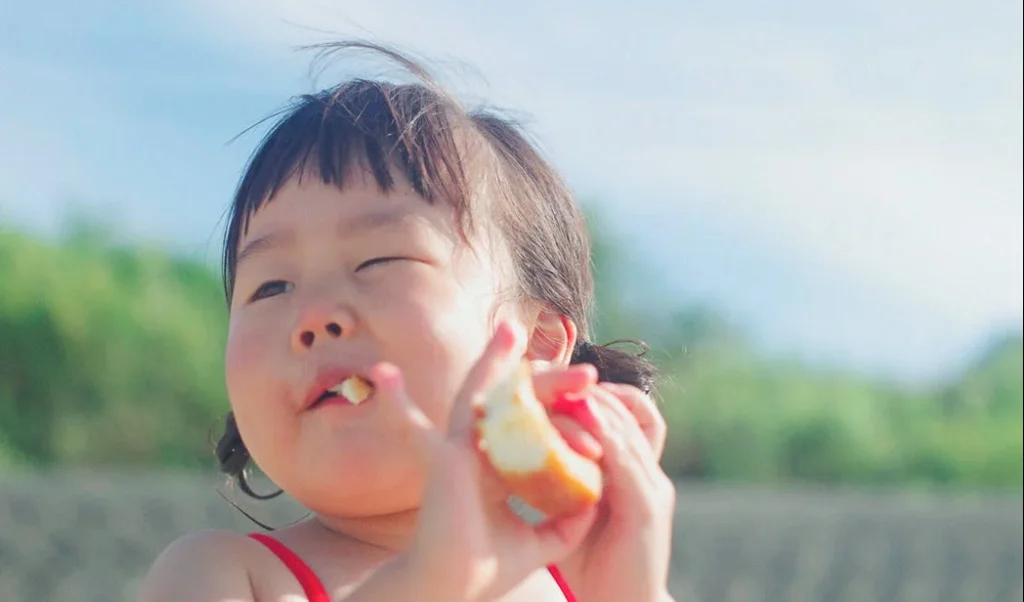
Babies were often given solid foods, including potentially allergenic items, as early as a few weeks old. Rice cereal in bottles was common practice, and honey was used to soothe teething babies. Pediatric nutrition guidance was minimal.
Modern recommendations strictly advise against introducing solids too early and provide specific timelines for allergenic foods. Parents now follow careful schedules for introducing new foods and avoid items like honey until after age one due to botulism risks.
11. Television as a Babysitter
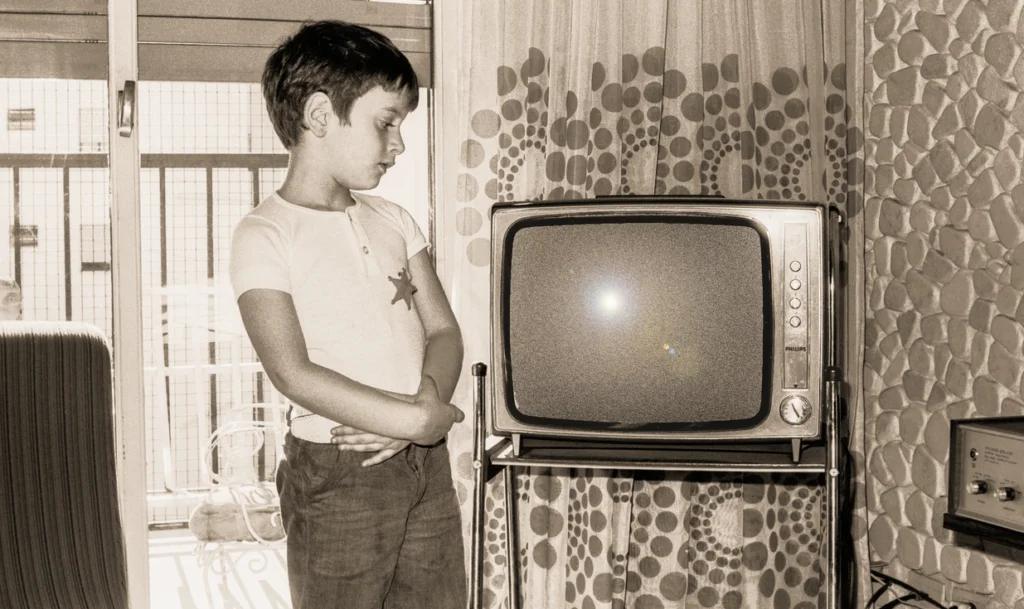
Kids often watched hours of unsupervised television, including programming that would now be considered inappropriate. There were no parental controls, content ratings, or concerns about screen time. The TV was on from morning cartoons until late-night shows.
Today’s parents carefully monitor screen time, use parental controls extensively, and worry about the effects of too much digital media. Educational content is prioritized, and many parents strictly limit daily viewing time.
12. Hitchhiking to Get Around
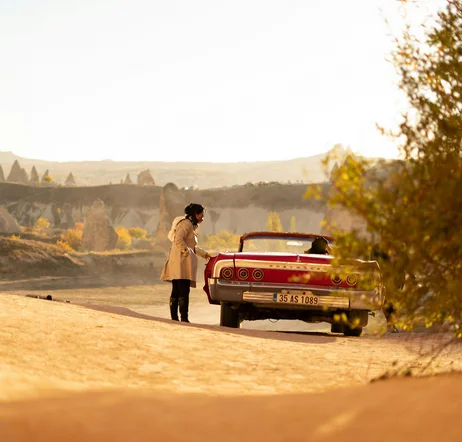
Teenagers and even pre-teens would hitchhike to get to school, the mall, or friends’ houses. Parents knew about this practice and often approved it as a way to foster independence. Stranger danger wasn’t yet a widespread concern.
Modern parents would be horrified at the thought of their children accepting rides from strangers. The practice is now illegal in many places, and parents emphasize the importance of avoiding unknown adults. Transportation is arranged in advance, often with multiple safety checks.
While these parenting practices were normal for their time, they reflect how much we’ve learned about child safety and development in the past 60 years. Today’s parents may be accused of being overprotective by 1960s standards, but they’re also raising children in a world with different challenges and greater awareness of potential risks. The evolution of parenting norms shows how knowledge, technology, and social values shape the way we raise the next generation.


